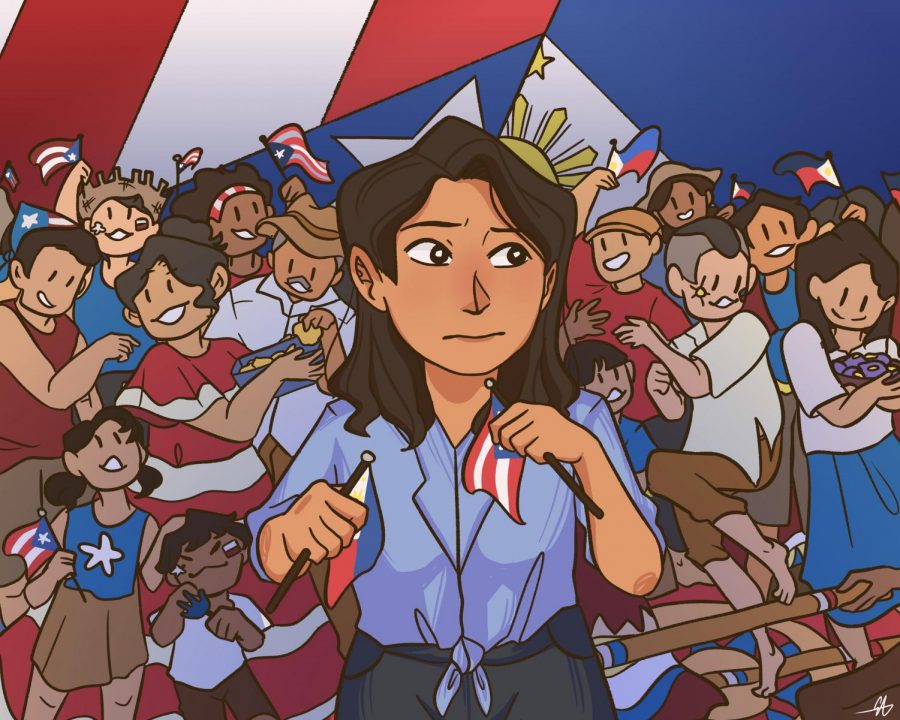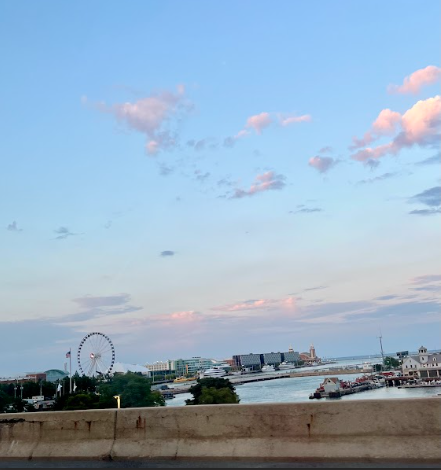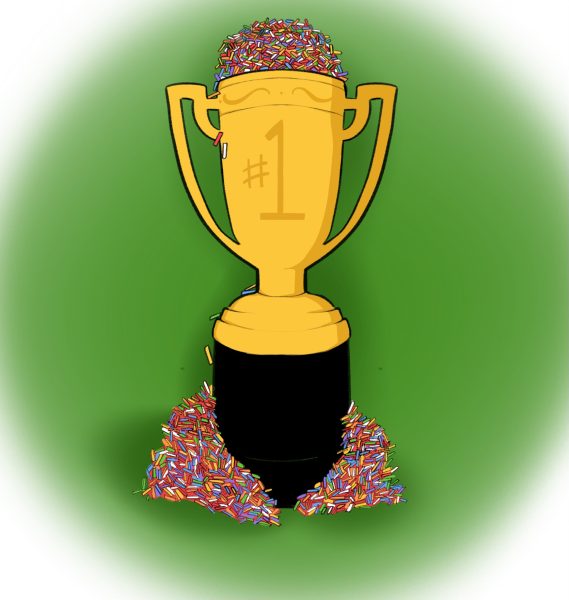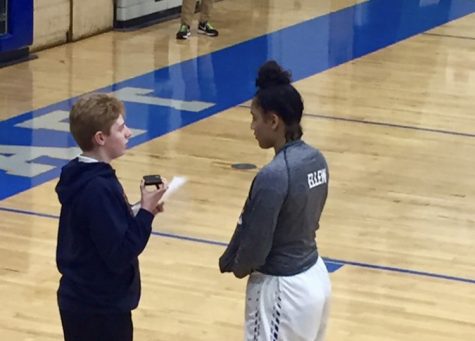Coping with life as a racial imposter
Making new friends is always exciting. Getting to know little bits and pieces of each other’s lives and personality builds the foundation of potential friendships and relationships alike. It’s easy to participate in the light getting-to-know-you trivia, until they pause, and begin to think about how to phrase the question that I know will come next.
“So, what are you?”
They never mean it in a bad way. It is a simple question, after all. Where am I from? With what ethnicity or culture do I identify?
However, this is a question I have always struggled with answering. I felt like a liar any time I said I was Filipino or Puerto Rican, mumbling my response, as if they might laugh in my face or dismiss me.
Of course, this never happened, but being biracial created a consistent fear of not being enough for one side or the other. While friends in the past have expressed how cool it must be to be able to celebrate two different cultures, I never felt comfortable in expressing pride in those cultures; it didn’t feel like I was allowed to be proud.
As I am not 100% Filipino nor 100% Puerto Rican, growing up it was easier to just stick to one or the other, to avoid rejection.
At a far too young age, I decided I would pick one side of me to share with the world and the other would be tucked away neatly, never to be seen.
This isn’t an uncommon phenomenon for people of a multiracial background. A survey conducted by the Pew Research Center concluded that one in five multiracial adults “have felt pressure from friends, family or ‘society in general’ to identify as a single race.”
This underlying need to conform to one category, I feel, lies in a general lack of multiracial representation in the media.
Of course, a number of different movies and shows cast actors and actresses of multiple races. However, more often than not, writers will take a biracial actor and have them play a monoracial character.
While avoiding the topic of mixed race may make it easier for the writer in terms of creating a character who is easily understood by a general audience, taking someone that is more than one race and putting them into one box creates an underlying message that being biracial is too difficult to understand or not worth being talked about.
This makes it difficult for people of two or more races to feel as though they can embrace the different aspects of their identity.
Throughout my entire youth, none of my friends had even known I was anything more than Puerto Rican. Painful as it might have been to ignore a part of my identity, I would rather feel excluded from one group than rejected by two.
Or so I thought; anytime I told anyone I was just Puerto Rican, I felt like I was betraying myself by denying my identity.
When I got to high school, I decided I would be more vocal about my background, and gradually, it did get better.
People were understanding and accepting.
According to the Illinois Report Card, only 3.4% of students at Lane grades 7-12 identify as being two or more races, but despite this amount being so low, it was comforting. I knew that there were others who likely felt the same way I did. Others that felt the pressure of feeling like they weren’t enough of one side or another to be accepted or to find a welcoming community.
Now I realize that it doesn’t matter if others accept me or not. While I do still have pride in the separate aspects of my identity, I don’t need to prove myself to anyone and more importantly, I don’t need to conform to just one.
No, I’m not just Filipino, nor am I just Puerto Rican. With my head held high and my voice unwavering, I am proud to say that I am biracial.
Your donations directly fund the Lane Tech student journalism program—covering essential costs like website hosting and technology not supported by our school or district. Your generosity empowers our student reporters to investigate, write, and publish impactful stories that matter to our school community.
This website is more than a publishing platform—it's an archive, a research tool, and a source of truth. Every dollar helps us preserve and grow this resource so future students can learn from and build on the work being done today.
Thank you for supporting the next generation of journalists at Lane Tech College Prep!

Ela Messina is a senior at Lane. Aside from writing and editing for The Warrior, Ela enjoys cooking with her sisters and going on runs with her dog, Lucy....





